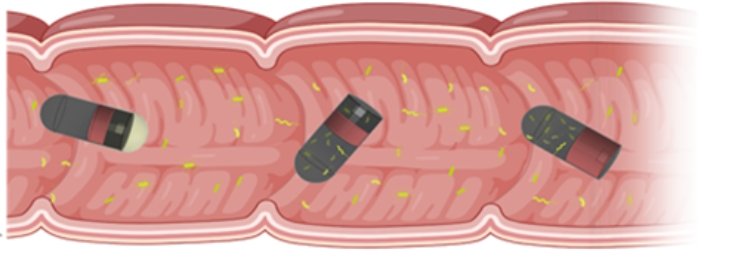Emergency Medicine In India- a far-fetched dream?
May 27, 2022 | Friday | Views
The need of the hour is to equip our emergency medicine departments with the best manpower armed with the best technology
India is the second most populous country in the world, and with its population exploding at this rate, it is on the verge of surpassing China as the numero uno in a short while. What this implies is a inexorable rise in the price of basic amenities of supporting life like food, clothing and housing. What it also means is a growing discrepancy and disparity in sustaining life through access to basic healthcare services in this 1.4 billion populace.
The medical scenario in India has undoubtedly grown by leaps and bounds especially in the past two decades. There are government hospitals in the rural areas equipped with state-of-the-art Operation theatres, Cardiac Cath labs, mobile medical vans and ALS ambulances, NABL accredited laboratories.
India is increasingly becoming a favourite hub for medical tourism for the entire world. Despite of this, this specialty of Emergency Medicine continues to barely thrive in its nascent stage of growth, being formally recognized as an independent specialty by the Medical Council of India (MCI) only in 2009.
Though emergency medicine (EM) training has been initiated by in both public and private colleges, the spin-offs from it are inadequate to cater to the massive chunk of population. Indian colleges offer only around 200 seats of postgraduate training in the form of MD or DNB in emergency medicine.
Compare it to the USA, where Emergency Medicine offered 2,278 positions for a much smaller population than India. This disparity brings out the inadequacy in the training and education in the specialty of Emergency Medicine.
What it also implies is that the hundreds of Government Hospital and thousands of private hospital ‘Casualty’ or ‘Emergency’ are manned by inadequately trained resident doctors or intern doctors with minimal or no resuscitation skills and clinical acumen in a department lacking in basic resuscitation equipment.
With Emergencies ranging from Cardiac Arrest, Myocardial Infarction, Stroke, Acute Respiratory Distress Syndrome, Road Traffic Accidents, Polytrauma, Poisoning, burns; the golden period of treatment of which ranges from few seconds to a few minutes, the Indian scenario reveals how such ill equipped Emergencies are only jeopardising the lives of people. The economic and the rural-urban gap further amplifies the problem by limiting the options for the economically disadvantaged and rural people.
On a positive note, many private hospitals have embarked upon their own quest of churning out EM professionals for their hospitals. Programs like MEM (Maters in Emergency Medicine) have been designed by partnering with international universities (GWU-George Washington University) or by Indian societies dedicated to the purpose of Emergency Medicine education in the county like SEMI (Society for Emergency Medicine India).
These programmes add a few more hundreds of trained EM professionals every year. But lack of recognition and aggressive anti campaigning in News media questioning their legitimacy have forced these professionals to fly to greener and safer pastures like UK, Australia, Middle East etc bringing us back to ground zero. The dearth of EM professionals continues to pain us.
In India where the top 3 killers remain Ischemic Heart Disease, Chronic Obstructive Pulmonary Disease and Stroke, and where we have a high burden of Road Traffic accidents, accidental poisoning and burns which all inadvertently land up in any hospital’s Emergency Department, the need of the hour is to equip our EM departments with the best manpower armed with the best technology.
One positive step in this direction will be to increase the number of training seats in Government facilities in the specialty. Second will be to bring the other programmes under the purview of MCI recognition and get the EM professionals duly accredited so that we can retain them in our country’s medical system.
Third will be extensive public-private-professional body collaboration to design effective programmes in this direction of training, by providing short courses and certificates to increase the acumen and skills of all those manning the Emergencies including the residents, interns, nursing staff, medical technologists. Fourth is to ensure the sensitising starts early by designing curriculum to train the caregivers with the basic resuscitation skills like CPR skills for all school teachers, parents, security professionals, hospitality professionals and even school students.
These will help us in strengthening the Emergency medical practice in the country and ensure no death happens due to lack of access to emergency services. This will help in positioning India as a leader in the field of healthcare services.
Author: Dr. Rimy Dey, Emergency Medicine Trainee, Paras Hospital, Gurugram I Committee Chair, Post-Graduate Studies in Indian Medical Association Junior Doctors Network (IMA-JDN)










